My entire life, I had been relatively healthy. Like anyone, I had had health troubles here and there, like bouts of unexplained fatigue, or Reynaud’s syndrome (where my fingers get cold and blue if I’m chilly) – but nothing to write home about. I was a 30-year-old avid runner, had just had a very healthy pregnancy and was in good physical shape. This diagnosis was a shock.
What exactly is PAPVR and ASD?
Let’s start by looking at a normally functioning heart. In a normal heart, the right side of your heart receives oxygen-poor blood (blue) from your body: it arrives in your right atrium, goes to your right ventricle and is pumped into your lungs through the pulmonary artery. In your lungs, your blood receives oxygen and oxygen-rich blood (red) returns through your 4 pulmonary veins to your left atrium, travels to your left ventricle and is pumped through the aorta to your body.
With PAPVR or PAPVC (Partial Anomalous Pulmonary Venous Return or Connection), one or more of your pulmonary veins are bringing oxygen-rich blood from the lungs to the right side of the heart (the right atrium) instead of the left side (the left atrium). This means that the right side of your heart has to work overtime to re-pump blood that it already sent off to the lungs. Yikes! On top of that, the majority of people who are born with PAPVR also have what’s known as an ASD or Atrial Septal Defect. This is a hole in the wall between the right and left atrium. This means that oxygen-rich blood from your left atrium flows back into your right atrium through that hole, giving the right side of your heart even more blood to re-pump back to your lungs. That’s a lot of work for the right side of your heart: 2.8 times more work in my case, to be exact! That explained why my heart was getting larger and larger over time. It wasn’t a question of whether it would fail but when.
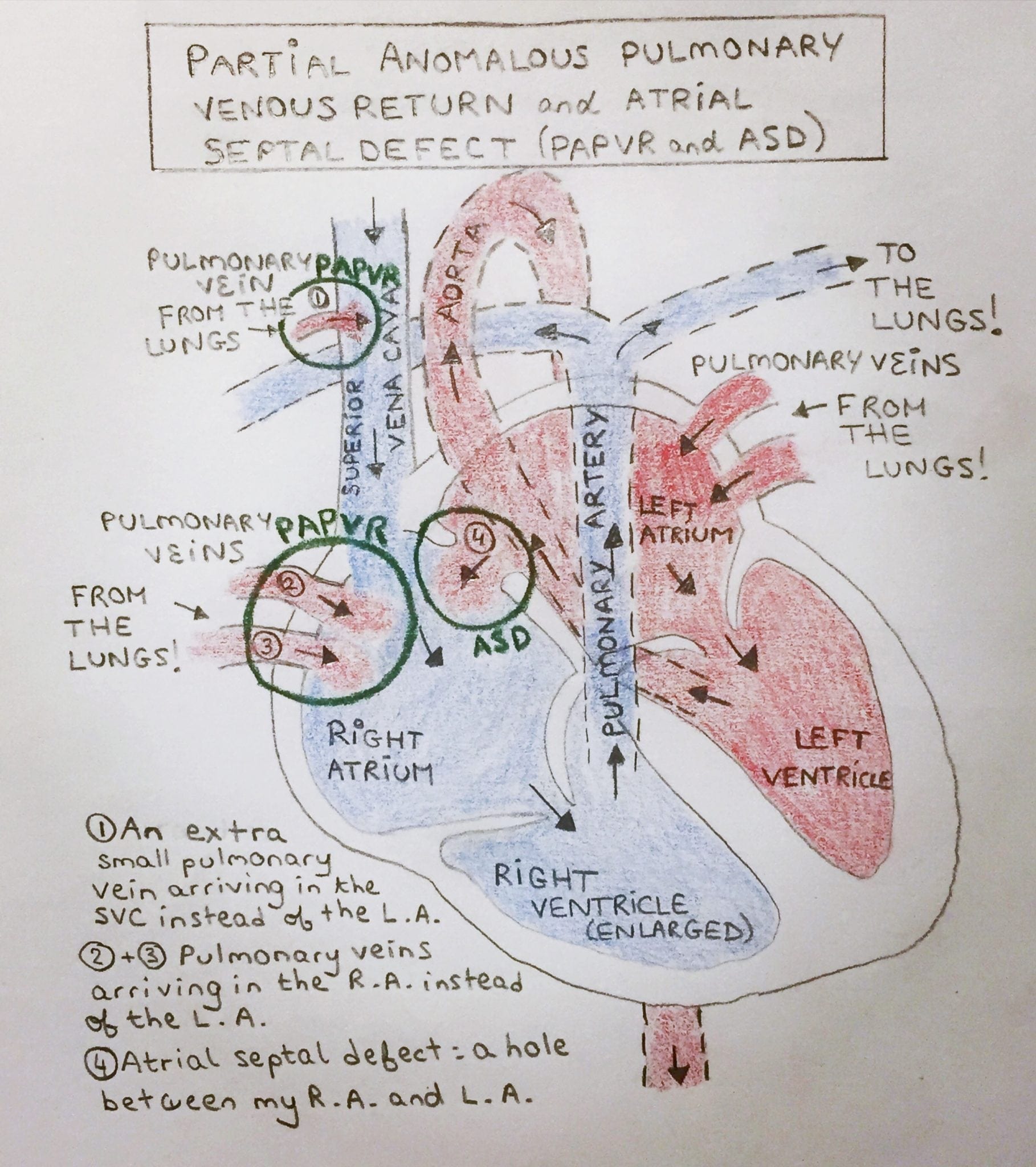
1. Give thanks to your heart and to those who helped diagnose you
Working in the field of permaculture, I wondered what lessons I could draw from permaculture to apply them to my situation. Then the obvious hit me: Beauty is in the eye of the beholder. This proverb accompanies the very first principle of permaculture. How I decide to view this moment in my life is completely up to me.
I could be angry. Angry that cardiologists had missed this when I was hospitalized at 5-years-old and got an echocardiogram, angry that cardiologists had again missed this when I developed a heart murmur at age 17 and checked it out with an echocardiogram, and missed it yet again when I went in for another echocardiogram check-up at age 23. I could be angry that I had to deal with all of this now that I had a brand new baby girl who needed her mom more than ever.
But I wasn’t. I was grateful. I was so grateful that my nurse from the Women’s Birth and Wellness Center had noticed that my heart murmur sounded louder and longer post-partum. I was so grateful that my cardiologist this time knew how to read my echocardiogram and noticed that the right side of my heart was very enlarged. I was so grateful that I just so happened to be living in the United States at the time, where the absolute best care was available for me to treat this rare condition. I was so grateful that this happened right after Dakota’s graduation, right when I’d started to wean my daughter off breast milk, and right before our move to Switzerland.
I realized that this wasn’t a matter of “crap, I might die in the OR”, but “this diagnosis just saved my life”!
It took me about a week for the news to settle in, for major freak-outs to occur, and for me to eventually have this mental shift.
After calling my nurse and cardiologist to thank them for helping diagnose me, I knew my heart needed some loving too. It bothered me to hear friends and family say that my heart was “defective” or that we were going to “kick PAPVR’s butt!!”. I didn’t quite see things in the same light. I wasn’t trying to fight my heart and show her who’s boss. I wasn’t angry at her for being so unique. If anything, I felt bad that I’d gone so long without healing her and lightening the load for her. After all, she’d given me 30 spectacular healthy years on this planet and a perfectly healthy baby without a hiccup! So I did let her know, in my own way, how grateful I was for the gift of a healthy life she’d given me so far.
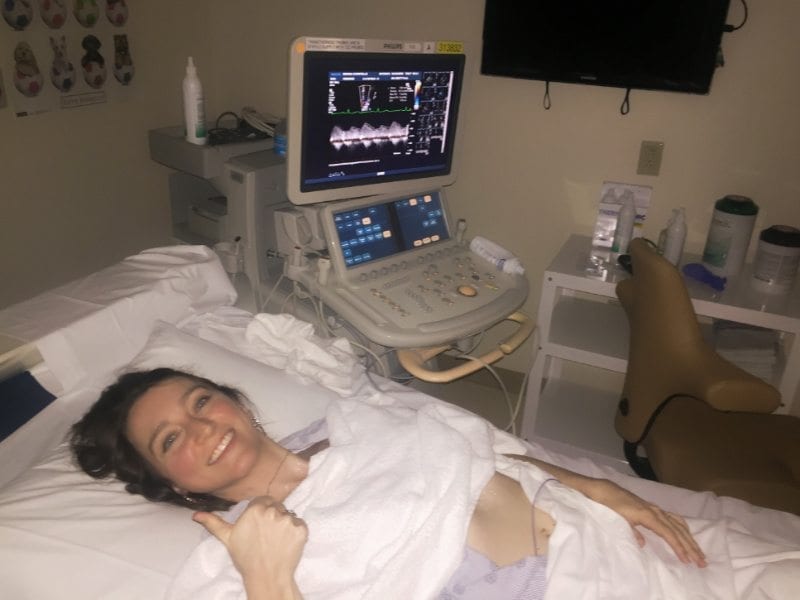
2. Figure out how your situation can help others
When I first found out my condition, my cardiologist didn’t know too much about it, because while he was smart enough to diagnose me, it wasn’t his specialty. And remember, I had freshly landed in Michigan, with no go-to cardiologist! When you find out you need open-heart surgery, but have virtually no details about the success rate, the procedure, where to do it, etc.: you turn to Google. I didn’t come across much information at all about adults being diagnosed with PAPVR and ASD. Turns out, kids get diagnosed and treated young. I was the odd ball out.
But then I stumbled upon Jersey Girl Talk’s blog post: My Husband’s Journey: Open-Heart Surgery for Adult PAPVR and ASD. John, the same exact age as me, had had the same exact surgery I was going to need earlier that year. I couldn’t believe my luck that I’d found this person online! I sent his wife Adrienne from the blog a message and within less than 24 hours I had John on the phone, talking to me about PAPVR and what I could expect.
Needless to say, speaking to him was the single most comforting thing I could have possibly hoped for. I hadn’t had a chance to speak with a specialist yet, so I was terrified. He reassured me that my surgery, while rare, had a very high success rate and that I’d be back on my feet in no time. He even gave me tips as to hospitals to look into that specialize in adult congenital heart defects.
The relief I felt when I hung up the phone was overwhelming. I knew right then and there that my case was too rare to keep to myself. I needed to share my story to help anyone else who might be going through this. So I started filming PAPVR videos to document my story. It helped me process the unreal and difficult news, and I knew the information I was learning would be helpful to some other person or family going through this.*
(*If you are an adult preparing to have PAPVR surgery, ask your surgeon and anesthesiologist about alternatives to tranexamic acid. Other antifibrinolytic drugs are less likely to cause post-operative seizures in adults like they did in my case. Note that seizures are still rare with this drug and it’s my understanding that they occur in 1% of adult cases.)
3. Ask for help and accept help
When I got my diagnosis, I had just arrived in Michigan, where I knew no one except for Dakota’s family. While they were of course very supportive from the start, I did feel isolated not having close friends to confide in. I knew right away that I wouldn’t be able to go through this alone. While I normally keep to myself about health issues or trying times, I let everyone around me know right away exactly what was going on.
What did it change? Everything. Suddenly, it didn’t feel like I was alone carrying the weight. I felt so loved and supported. It really did feel like everyone’s love was holding me up.
It made a world of difference to ask for help, but also to accept it. My dear friend Meg from the Eco-Institute asked me whether she could organize a community vigil event the day of the surgery. How beautiful and thoughtful, yes! My mother, father and sister wanted to come be by my side during the surgery. I want you there more than ever, yes! Several friends asked whether they could send me energy medicine. Yes! Can I give you a phone call? Yes! Can we pray for you? Yes! Can I organize a special spa day for you? Yes, yes, yes! What a difference it makes to accept help. It’s sometimes seen as weak to ask for help from others, but I felt that asking for what I needed and accepting help is exactly what made me strong.
The last days before surgery, I wondered how in the world it was possible that I was so calm, collected, and able to enjoy moments of beauty and laughter that were given to me. I realized it was because I had a community of friends far and wide who were rooting for me every step of the way.
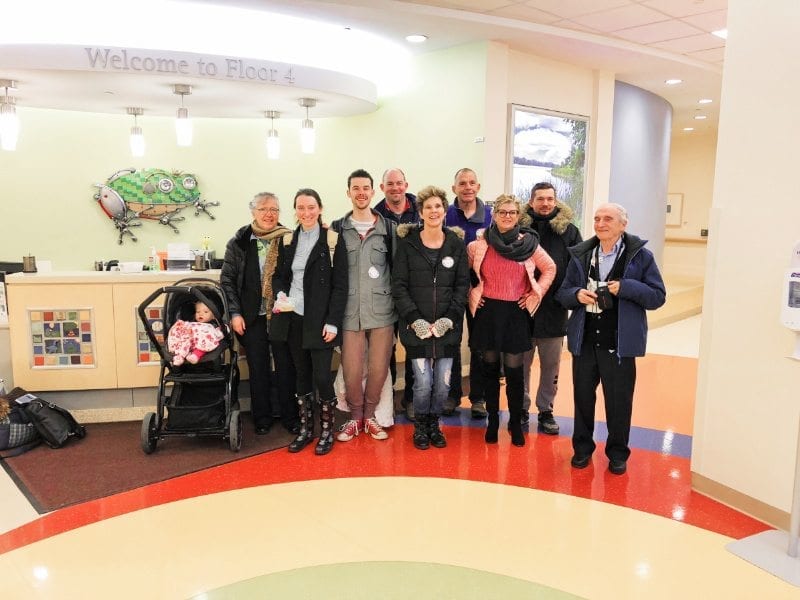
4. Do your due diligence, but know when it’s time to let go and trust
PAPVR is a rare congenital heart condition, so it’s important to find an excellent surgical team that is specialized in congenital heart defects. I spent a lot of time researching children’s hospitals, interviewing surgeons, and sending my files left and right. After a while, the numbers and success rates and stats all become a big blur.
I ended up choosing Mott Children’s Hospital because not only were they the closest to us, but they were ranked #3 in the nation for pediatric cardiology and heart surgery. (Check out U.S. News Health Rankings for detailed ranking information for hospitals you are considering.) I met the head of the pediatric cardiology department and felt confident with him. I went with my gut feeling and booked the surgery date.
Dakota and I were packing up the car to leave to the hospital for pre-op day when I received a phone call. My surgeon had to go on an unexpected leave of absence and wouldn’t be available in the foreseeable future. Surgery could go on as planned, but it wouldn’t be with him. My heart sunk. I had put all my trust in this man. First of all, was he ok? He was such a brilliant man; I hoped nothing bad had happened to him. Secondly, would I be ok? How could I choose another surgeon just days before my surgery? It took me about 5 minutes for the news to sink in. And then I made a decision. If there was anything the past 2 months had taught me, it was that nothing was really in my control. I had come this far. Weeks of mental preparation. Days away from surgery. I wasn’t about to back down. All I could do was trust.
I remembered the list of intentions I had written to my daughter Luna prior to her birth: “My Intentions as Your Mommy”. The last one was that I intended to find hope, light, serenity, and trust, no matter the situation. So that’s exactly what I decided to do, and I went ahead and booked surgery with the talented Dr. Romano.
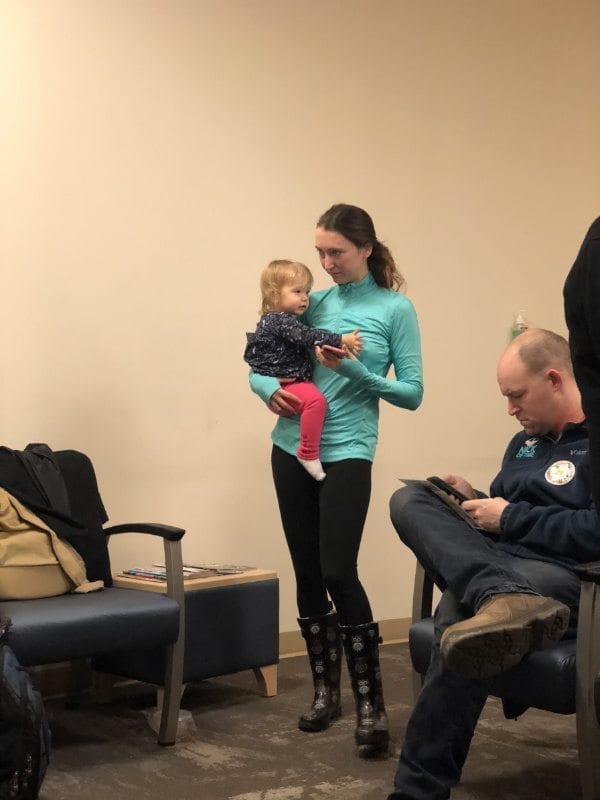
5. Don’t spend too long entertaining dark thoughts: distraction, distraction, distraction!
The first week after my diagnosis was the toughest. I didn’t know everything about the details of the surgery, but I did know doctors would stop my heart and put me on bypass while they repaired it. Dark thoughts flooded my mind. I pictured the worst. It’s unfathomable to go through such a surgery, so of course, it’s a free-for-all for your brain.
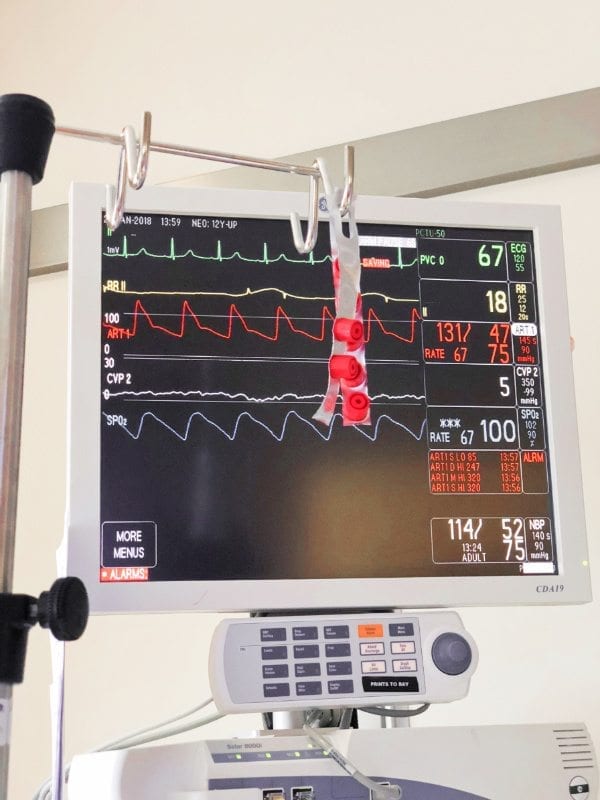
I ran – oh yes I did! I was still cleared to run, so baby I ran! I beat Dakota at ping-pong matches. I got a total makeover and captured timeless photos of my pre-surgery self. I bought a secondhand pineapple shirt from Plato’s Closet and invented a pineapple shirt song and jig that drove Dakota absolutely bananas. I learned the lyrics to the Irish song Ho’ Ro’ the rattlin’ bog and drove Dakota even crazier and laughed until it hurt. I even made a live video for my vigil group minutes before going in for surgery joking that I was about to bring them live to the operating room! Humor and distraction got me to the very last moment when I finally had to hug my family and baby goodbye.
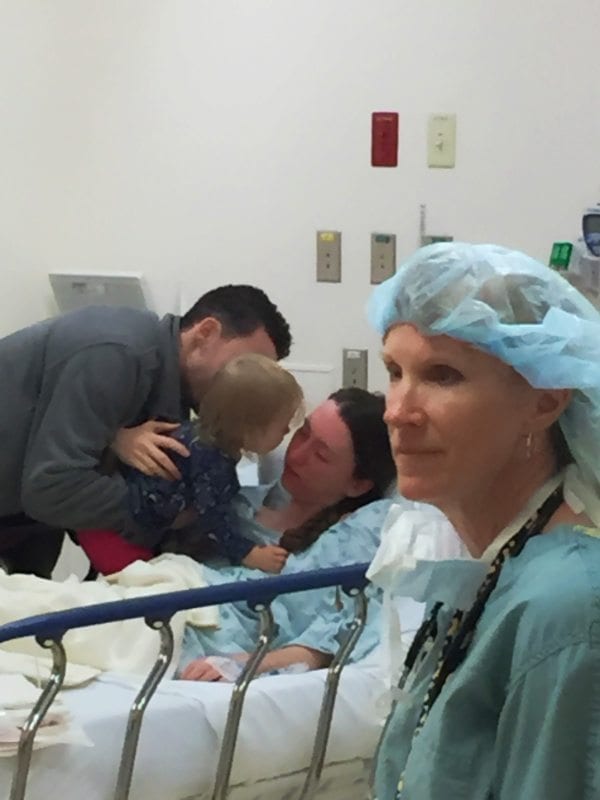
Thank you to each and every person who helped me through this journey. You helped me more than you know. If you or your loved one has been diagnosed with PAPVR, please comment below or reach out to me if I can be of any help at all.
Much love to all of you from a healed heart,
Christelle
Helpful Resources:
Want support for your heart diagnosis?
Join the PAPVR & ASD SUPPORT GROUP on Facebook.
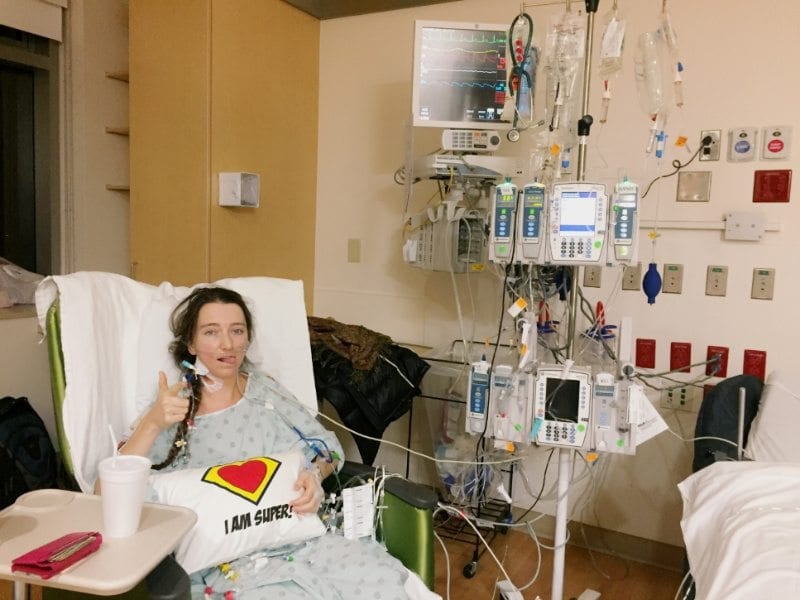
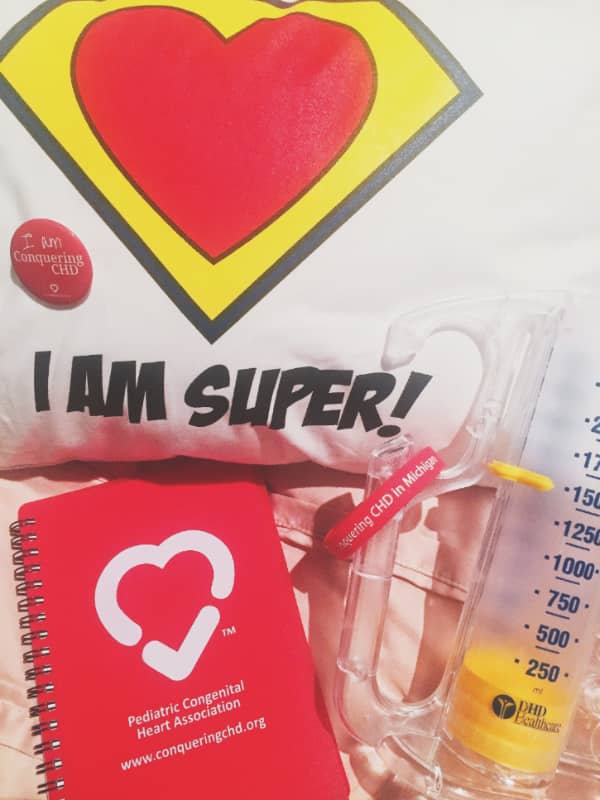
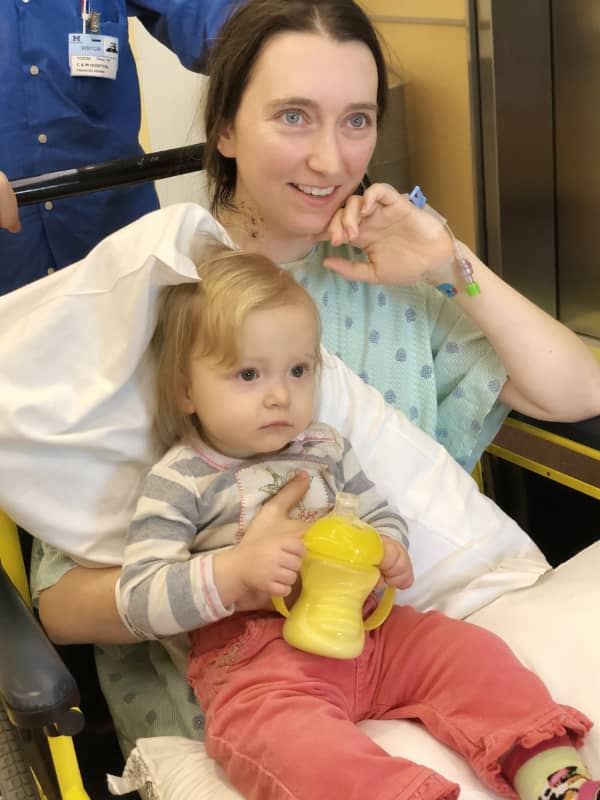
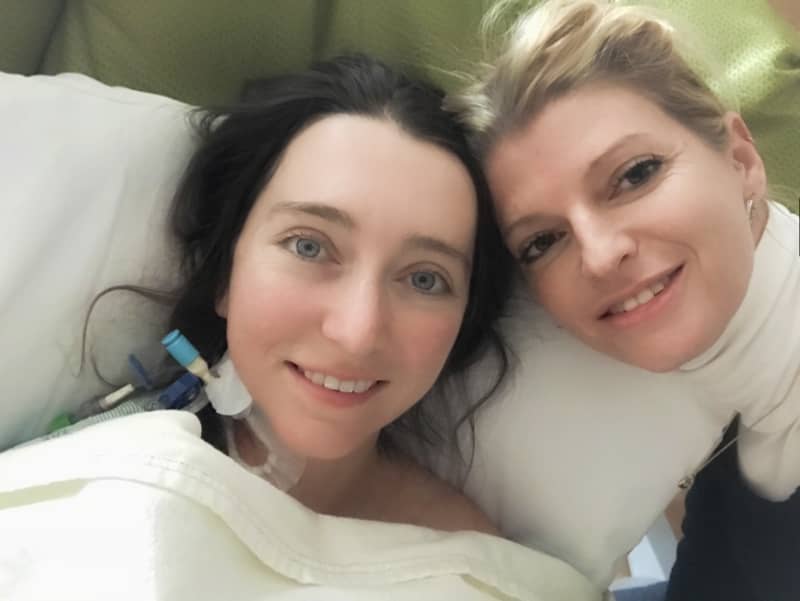
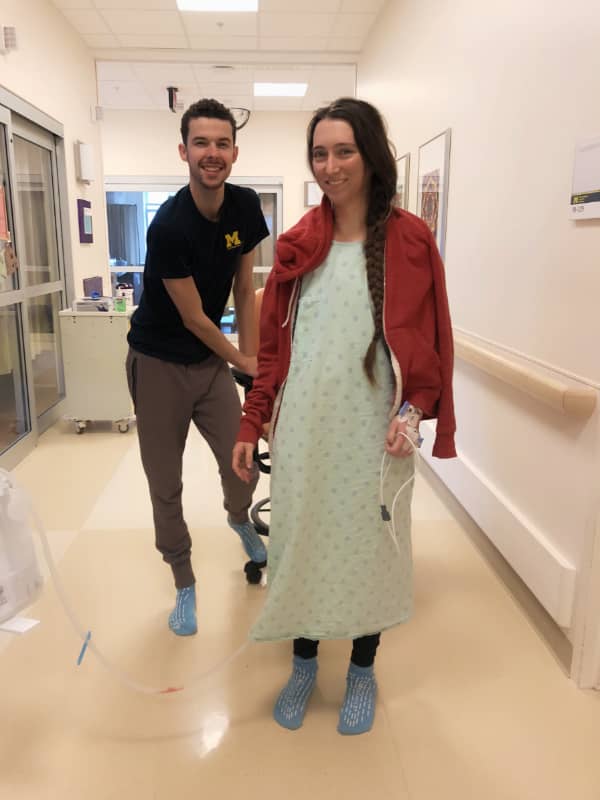
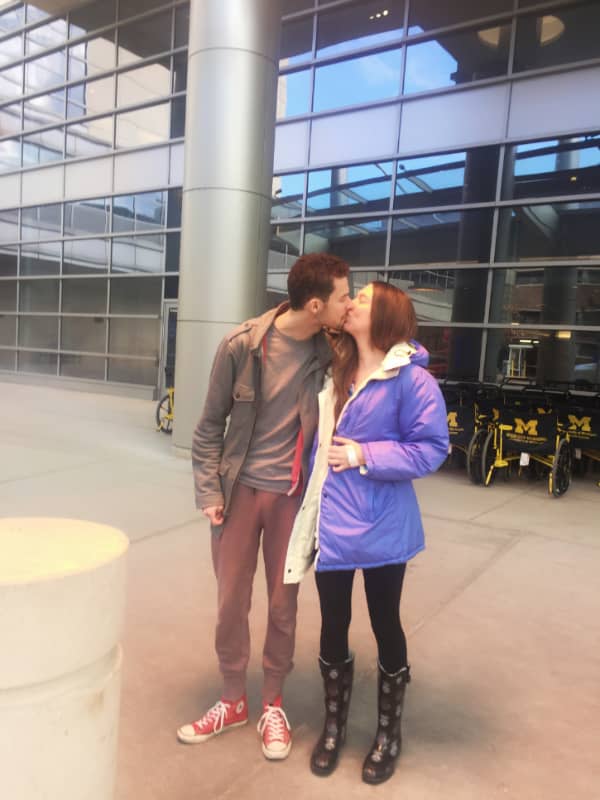
Permaculture Principles applied*:
*Bear with me on this one, I got creative here! 🙂
Beauty is in the eye of the beholder. The lens with which you decide to look at your situation is completely up to you. Is the glass half empty or half full?
Supportive friends are there for you, ready to jump in when you’re in a tough spot. Accept their positive energy, their thoughts, their hope, their prayers, and bring that beautiful energy with you to the hospital. It made a world of difference for me to feel their love lifting me up on surgery day.
Apply Self-Regulation and Accept Feedback
The negative feedback that my heart was giving me from working 3x as hard for 30 years was slow to emerge. But I accepted her feedback and planned accordingly for the future to ensure my heart would continue to function well.
Designing from Patterns to Details
The heart repair itself is brilliantly designed from patterns to details. Instead of closing the ASD hole and then cutting and moving the anomalous veins to the left atrium, Dr. Romano did what is called a baffle. She simply rerouted the anomalous veins so that they drained into the left atrium through the ASD. She fed two birds with one scone. Genius.
By commenting you accept our Privacy Policy.
Copyright © 2017 Permacrafters. All rights reserved. || Privacy Policy || Website Terms of Use || Health Disclaimer || Student Dismissal Policy ||
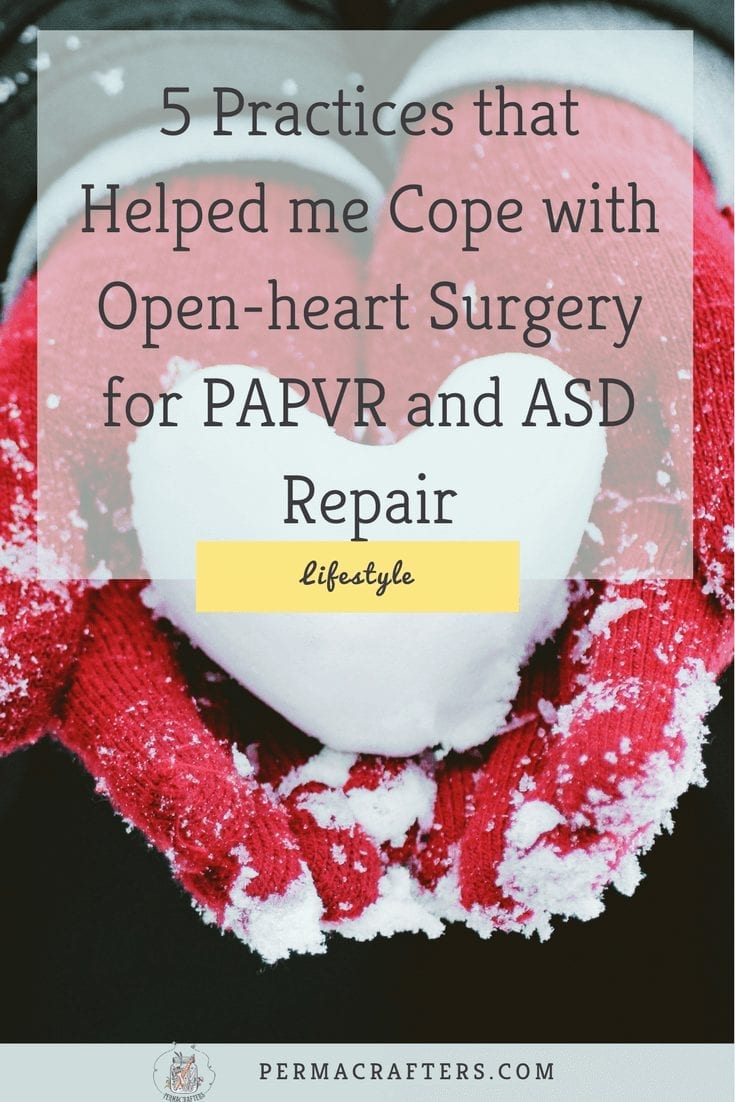

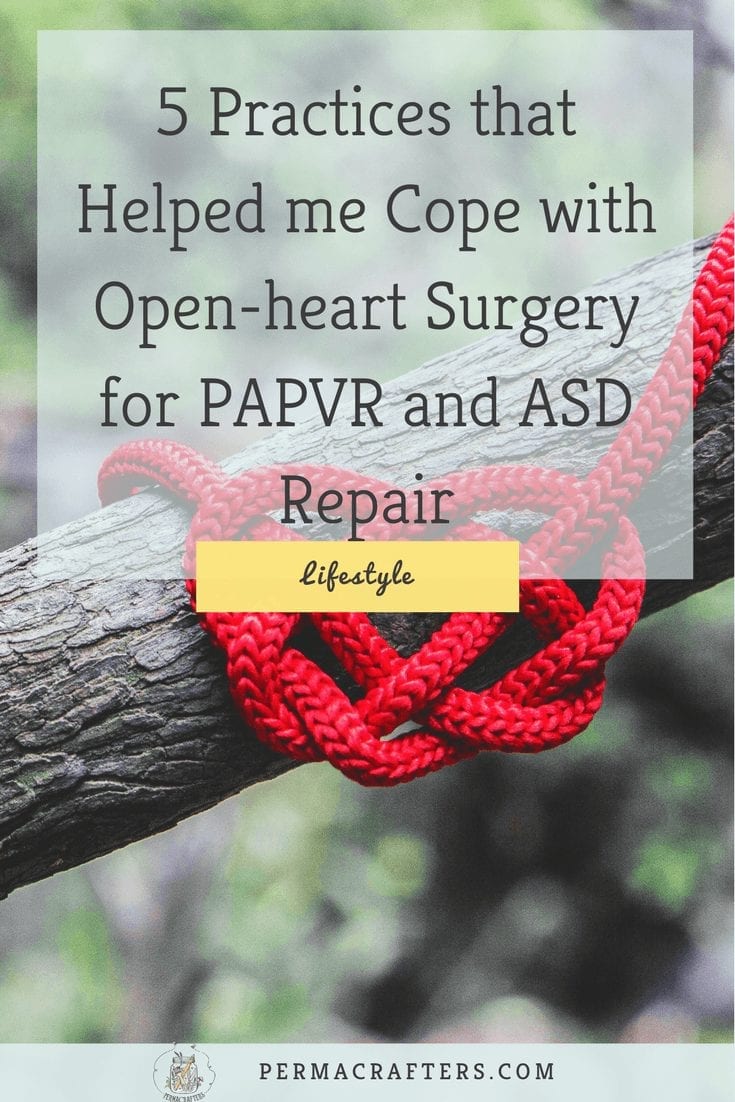

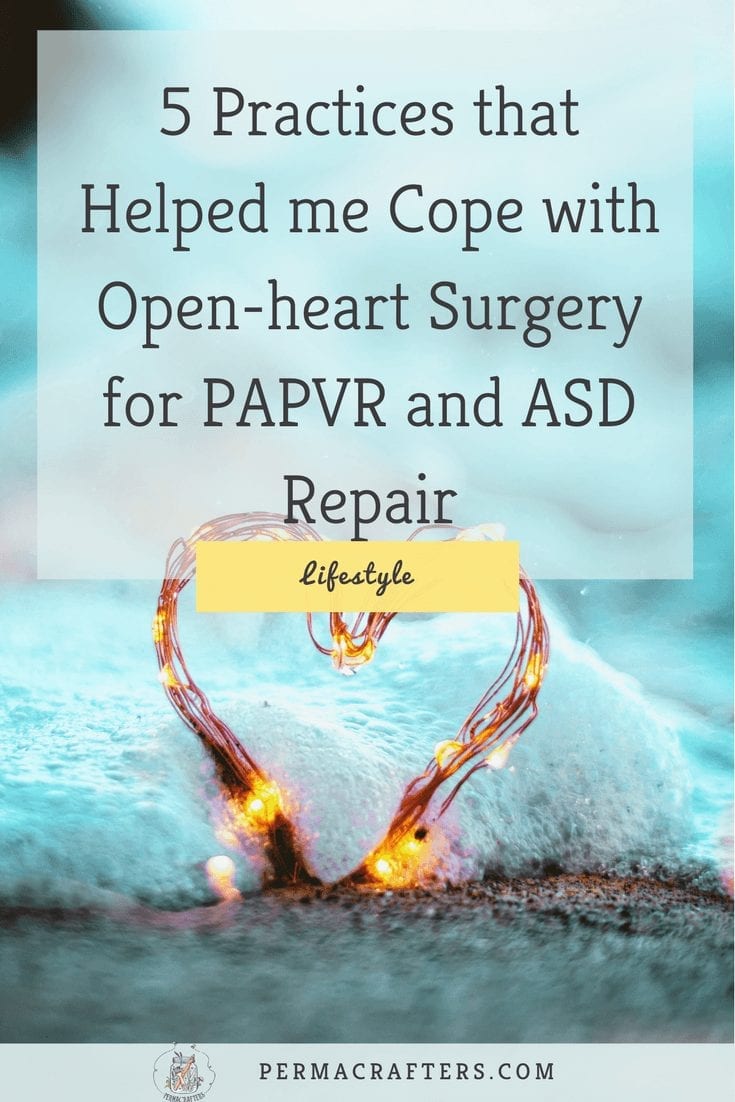

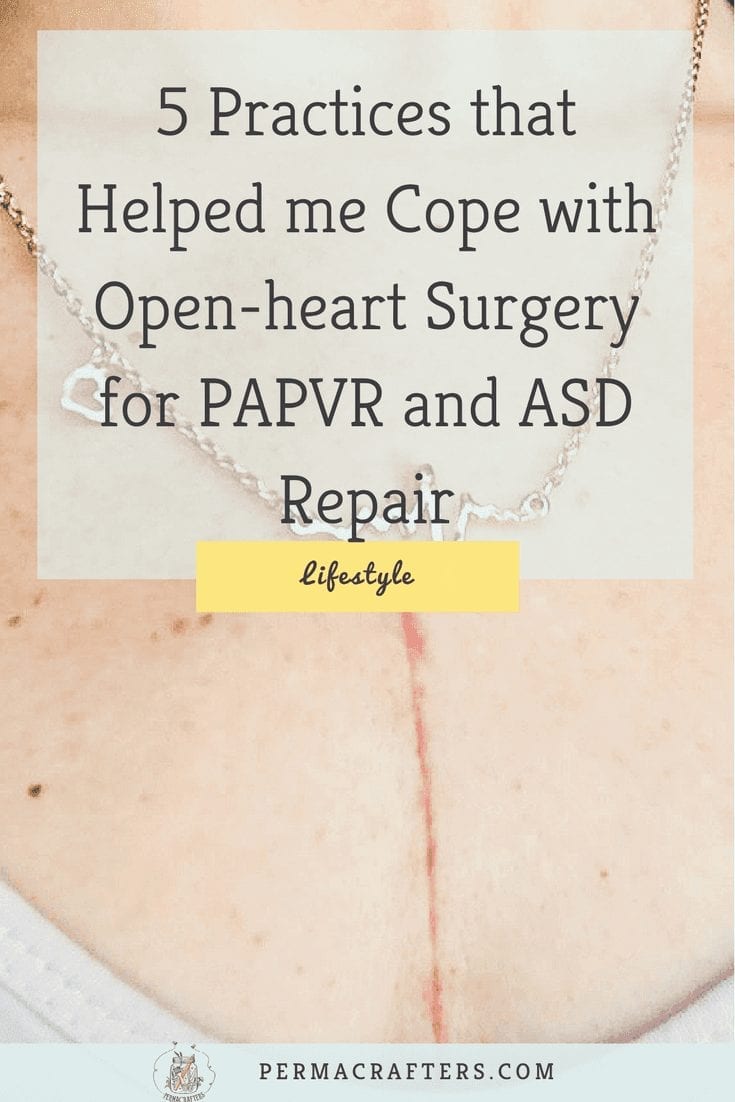

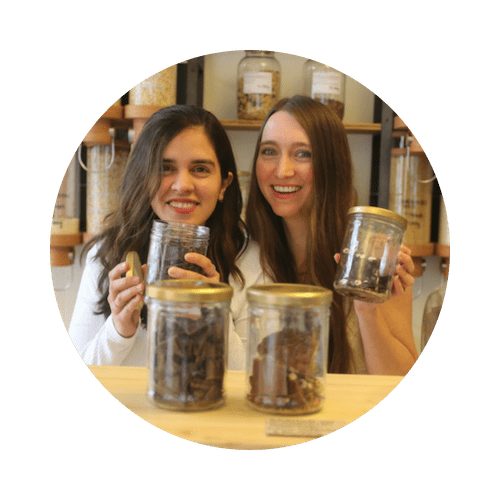
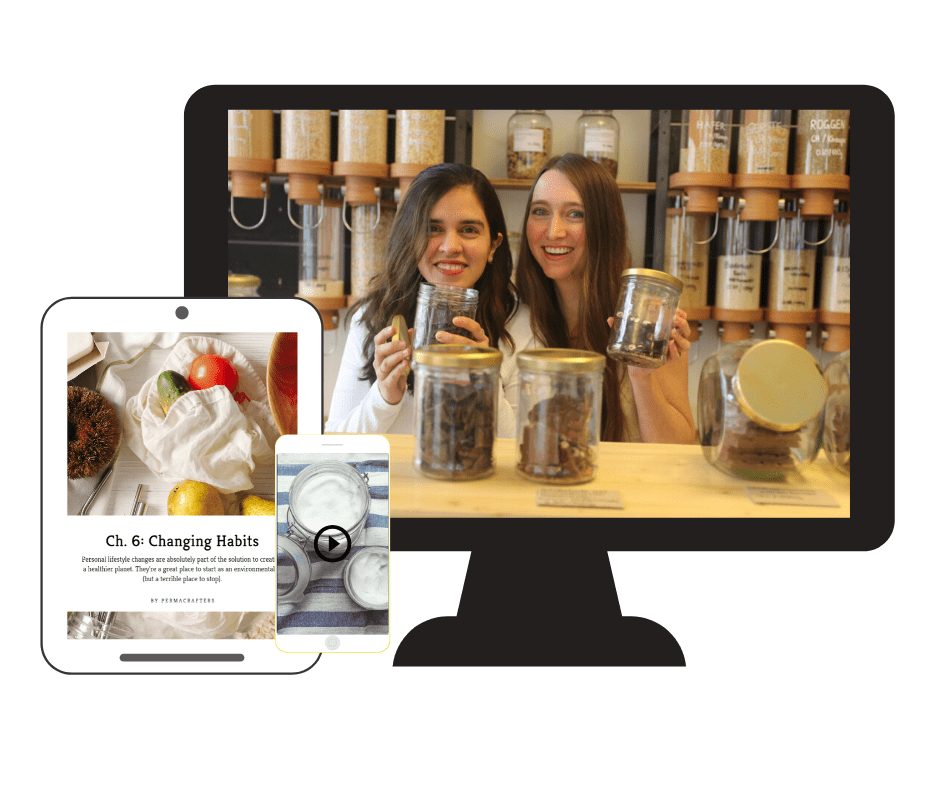
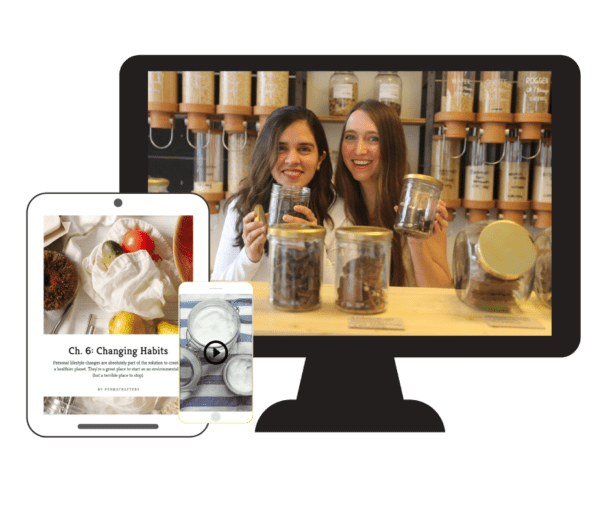
So beautiful, dear Christelle. Thank you for bringing us in to the process and allowing us to love and support you the whole way through. We are celebrating your healed heart!
Thank you for being such a wonderful friend! <3
Thank you so much for sharing all this!
Thanks for taking the time to read it!! 🙂
Christelle!!! It is so wonderful to be able to read about your whole journey and see your amazing strength and beautiful peace through all of this! I am so grateful that you were healed, and it sounds as if this experience actually deepened your experience of joy in living. I am grateful to have been able to be part of your journey and am full of joy that I trusted my gut listening to your heart that day. xxoxo
Aww yay, I’m so glad you read it 🙂 Thanks for everything and for trusting your intuition <3 I'll be in NC in November and will come give you a big hug!
I am so touched that you shared John’s story and I’m so glad we connected in this life. We thought Of you that entire week and we’re so happy and smiling when we knew you were ok. Life is good. God is good. You have a big heart (I always laugh thinking that bc I always said I loved John for his big heart never know it was actually bigger physically than most). You have so much to live for. May you be blessed with great health always. Please keep in touch
Thank you so much Adrienne!! I’m so glad both of our families got through this. <3 You were a HUGE help.
Thank you for sharing your story! My son has PAPVR without an ASD so the corrective surgery will be complicated but you are absolutely right, it is more comforting to find others who have been through the surgery! We have a cardiac cath scheduled in April at Boston Children’s Hospital…hoping to find more information on how we can correct it. God bless you and your family.
Hi Danielle! Thank you for writing. Boston Children’s Hospital is EXCELLENT! He will be in the best hands there. I don’t know the details of correcting the PAPVR in his case, but if you ever want to talk more generally about any of the process (pre-surgery, recovery, etc.) I would be more than happy to provide support however I can. Sending you and your son lots of love! You’ve got this!
Oh and my email is christelle@permacrafters.com if you wanted to reach out. 🙂
I have recently been diagnosed with the same thing. Did u have pain in ur upper back and chest before the surgery? The pain is what sent me to the er in the first place. The Dr thought I had an arterial tear but it wasn’t. The pain is bothersome.
Hi Andrea, No I didn’t have any pain like that. No symptoms at all, in fact, other than the heart murmur. Let me know if I can be helpful in any way – you can email me at christelle@permacrafters.com if you have any more questions!
My husband who is 61 has been diagnosed with PAPVR without ASD but he has severe pulmonary hypertension which is how they discovered the PAPVR. I am wondering how long after diagnosis before you had the surgery? We live in MA and our pulmonary hypertension Dr. is in contact with children’s but it seems his case is pretty complicated and we don’t have a surgeon or surgery date yet. It has been a month since the PAPVR diagnosis.
Hi Kelley, thanks for writing. I’m sorry about this diagnosis and the pulmonary hypertension. Boston Children’s is excellent, so I hope you can get you in touch with a specialist there soon. I was diagnosed in November and had the operation 2 months later in January. They told me the sooner I get operated, the better, but technically I could have waited probably a year longer and been just fine (because I didn’t have any noticeable symptoms yet). I wanted to get it over with, so I didn’t wait. I know your case is different than mine given that he doesn’t have an ASD and has pulmonary hypertension, but if you have any more questions about the general process, recovery, etc., please email me at christelle@permacrafters.com – I am more than happy to help how I can.
I was diagnosed with this same Congenital heart defect. I was diagnosed at age 54..I also had my surgery at University of Michigan Mott’s Hospital.. One of your points you state don’t go to that dark place.. I did go to that dark place. My brother died of massive heart attack a month before I was diagnosed. My sister had been diagnosed with Stage 4 ovarian cancer. She lost her fight with that demon in 2015.
I could not understand he I was born with an ASD with PAVPR and going to live. To be diagnosed so late, my in my life. To have 2 health born sibling. That one died so suddenly and the other fight such a good fight. It does play with your head. Why was I living. I will see my children marry and have children. Why me, what did God want of me. My dark place is much, much better , but at I go their when I miss them and see my niece’s and nephews . The sad look on there faces. Mother’s Day has no meaning to them. I rarely look forward to “something to live for.” Life is much much different for me. I take one day at a time. I just put one foot in front of another. I live in Michigan and Dr Ramano also did my surgery.
Michelle, I’m so sorry to hear about your story. It is one thing to go through such major surgery, but having two huge losses at the same time – I cannot even fathom that! I would imagine that yes, you would have a lot of mixed emotions from having made it through when your siblings didn’t. Thanks for sharing your story and how difficult it was and still is. And how incredible to find another person whose heart was repaired thanks to Dr Romano.
thank you for posting this, you are an inspiration. I am 48 and was diagnosed with PAPVR without ASD last Sept, found due to moderate Pulmonary Hypertension. I am finally scheduled to have my repair June 27 at Mayo Rochster. The waiting has actually been the hardest (course I haven’t gone through it yet lol)…. but I keep telling myself its all gonna be for the best. You are so right in letting people in to help you through this. It can be hard but people surprise you in a good way. Best wishes to you in all you do.
Hi Sue! Yes, the waiting really is the toughest. And you are going to do great on June 27th! I will be thinking of you that day and sending love! If you want to talk anything out over the phone or by email before (or even after) your surgery, I’m here to help. You can do this! 🙂
Hello, I am 32 and I was recently diagnosed with ASD, the right side of my heart has enlarged and I may have a second hole. I will have a study done then open heart surgery a few weeks later. Having a blended family size of 7, I worry about the affect my surgery will have on them. Should they go to the hospital the day of my operation? I live 2 hours away from Keck Hospital of USC. So I am at a loss when it comes to my kids seeing me with all those tubes. I was petrified at first, now I anticipate it as a start to new life. I have struggled with basic activities such as walking and talking( shortness of breath), riding bikes on trails with my kids( chest pains ), etc.
Your article has enlightened me, I am not worried so much about the surgery. It’s the recovery I fear, I have read so many articles and each is unique. I have learned that it is much like a pregnancy, each experience is different. They may have similarities but none are identical. I worry my family is not ready or prepared for such an endeavor. I pray daily for my family to have strength and diligence. And that the dark thoughts stay at bay, having lost my mother, brother, grand parents and many others at a very young age tends to make it difficult. I try my best to stay positive and not let my kids see any concern.
Hi Melissa, I am so glad your doctors found what was causing your shortness of breath and chest pains so you can get treatment and no longer worry about those symptoms! And I’m glad you aren’t so worried about the surgery now – this is one of the easier surgeries when it comes to congenital heart defects.
How old are your kids? My daughter is really young so I knew she wouldn’t know what was going on. I saw her minutes before going in for surgery – it would have been hard I think if I hadn’t. Then I saw her 2 days after the surgery, but only for about 15 minutes or so. Then longer on the following days. I’m not sure what I would have done if she had been older. I think it depends on your kids and your judgement. If your partner or family can explain to them that your surgery went great and that your heart is fixed now, maybe that will be enough to make them feel okay seeing you? They might feel relieved to see you, even if you have lots of tubes. I think once they see how you are doing 2-3 days after your surgery when you’re up and walking around, their minds will be at ease. And I’m sure they will be ready to help you pick up heavy things and such.
In terms of your recovery, I think that it’s absolutely individual, yes. For me, recovery was fine only because I didn’t have the surgery in the back of my mind anymore. It was hard no longer being able to breastfeed my daughter or pick her up, but physically I was surprisingly okay. Lots of drugs to thank for that! You are young and should hopefully bounce back quick.
If you want to talk please feel free to email me at christelle@permacrafters.com. I’m happy to help however I can, so please don’t hesitate. You and your family are going to do great! <3
Hi Christelle,
My name is Steven(42m), I am 12 days post-op from a PAPVR/ASD repair (San Francisco Kaiser). I am doing well in recovery. I just wanted to chime in thanks for sharing, it’s wonderful to read, and feel connected to, anothers account of a similar journey!
Hi Steven! Thanks so much for reaching out! I’m so glad you are doing well post-op. Welcome to the zipper club 😉 Let me know if you ever want to connect about recovery or post-op stuff. I’m already 4 months post-op and my heart has regained normal size. Pretty crazy! 🙂 Good luck with the rest of your recovery. <3
Hi Christelle! We found out in November 2017 that my 7 year old son had PAPVR – he had no symptoms and it was a fluke that it was found (he had passed out twice so they did an echo to rule out a heart cause). He had his open heart surgery in March 2018 and I am so happy to say that he is doing amazing! Thank you for sharing your story!
Hi Angie! Wow, him and I were diagnosed at the same exact time. I’m so glad they caught it so that his heart could be repaired 🙂 What a crazy ride, huh? I’m so glad he is doing amazing. You are one strong mama with one strong heart warrior son! 🙂 <3
Hi Christelle,
We just found out my 29 year old fiance has PAPVR on the 28th of this month. We’re in Michigan too and will absolutely be checking out Motts now. I can’t tell you how much reading your story has helped. We’re in the wait, interview, research and pray phase right now. Any tips in addition to distractions that you might have for helping him through this time? I’m scared, but I can’t fully understand what it’s like to have the diagnosis and surgery on the horizon. I know he is scared too, and I want to do what ever I can to help.
Hi Cayla, Thanks for writing! I am so glad you are close to Motts, he will be in the absolute best hands there! I highly suggest meeting with either Dr. Romano who did my surgery, or Dr. Ohye who’s the head of department. They are both excellent surgeons who could do the surgery in their sleep! I will email you now. xx Christelle
Thanks very much for sharing. I was diagnosed with PAPVR, and likely to have surgery soon. Definitely a roller coaster of emotions especially when there is a young family involved. I am not one who accepts help easily, but your words are helping me to get past that part! All of this made easier by people like you who take the time to share their experience. (I just might have to do the same).
Hi Chris! So glad you found this article. If you’d like, you can join the online support group on Facebook that I’ve created: https://www.facebook.com/groups/574519572972782/ There are other folks there who are either pre- or post-op & we would love to welcome you there and help you however we can as you prep.
Thank you for sharing your story. I am 37 year old female and identified with same exact problem and waiting for my surgery date. Very much like you, I don’t have symptoms other than heart murmur. It’s been emotionally overwhelming to accept the fact and I am hoping will be much more stronger after the surgery. I have a 10 year old daughter and not sure when should I inform her. I am pretty sure, it will be very scary for her to see me in tubes after the surgery.
I have read so many articles and many complain about the pain after the surgery. How was yours? Being very active person all these years scares me. How was your recovery period?
Who was your cardiologist my daughter is diagnosed with PAPVD
Want second opinion
I would like to thank you for your story which made easy for me to accept that i was diagnosed with the same condition at the age of 38 which means last year but what is making it difficult for me that i am pregnant. 29 weeks pregnant and i am too scared 😦 😨 doctors dont know what to do and how should i give birth and where so many questions that are left unanswered beside i have being depressed and lonely because nobody around me does really understand how i feel. i need your help please help me
Hi Arwa,
I’m so sorry I missed your message until now. Have you joined the Facebook support group? I would love to connect with you there. https://www.facebook.com/groups/574519572972782/
If you had the surgery already, I hope you are feeling great. And I hope you and baby are healthy & happy!